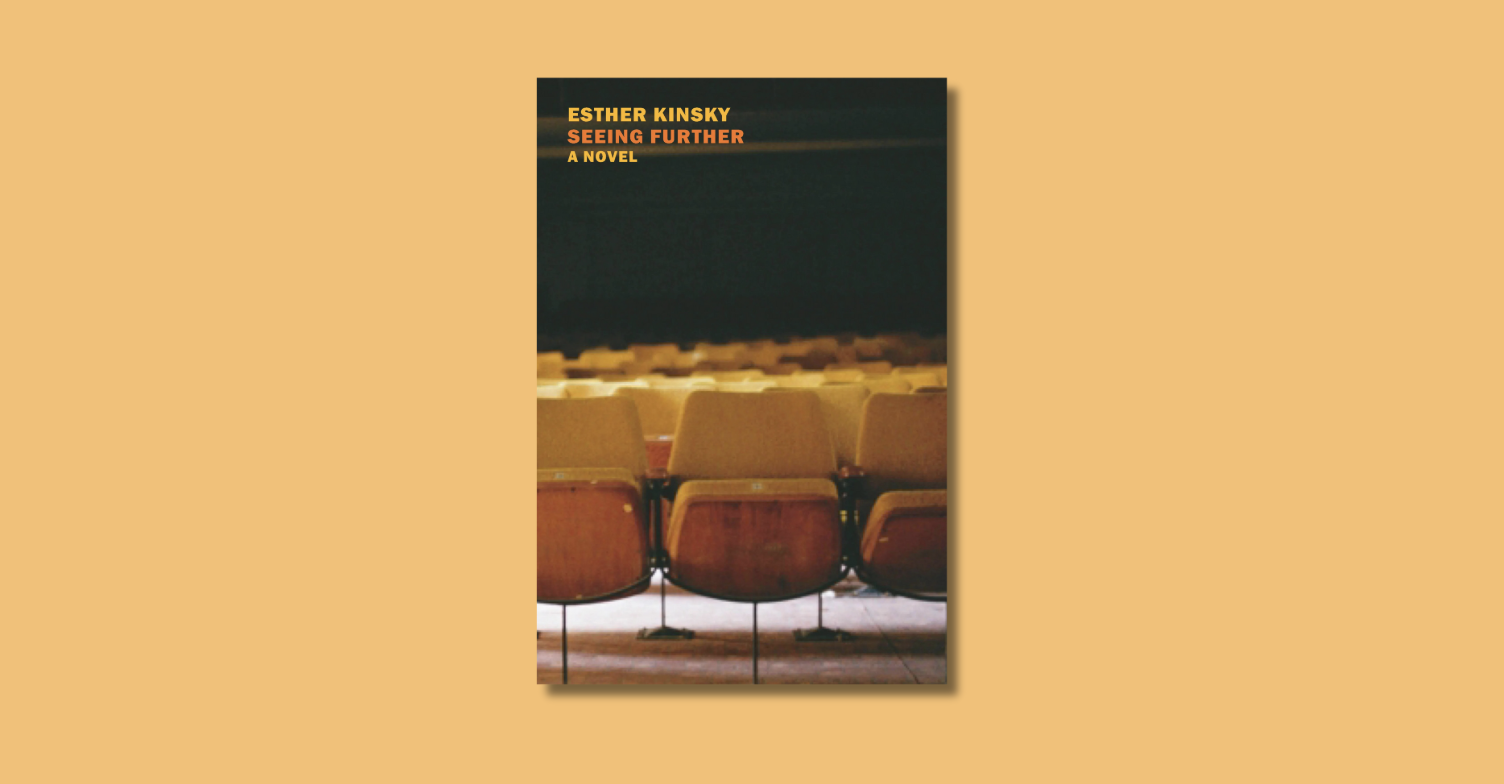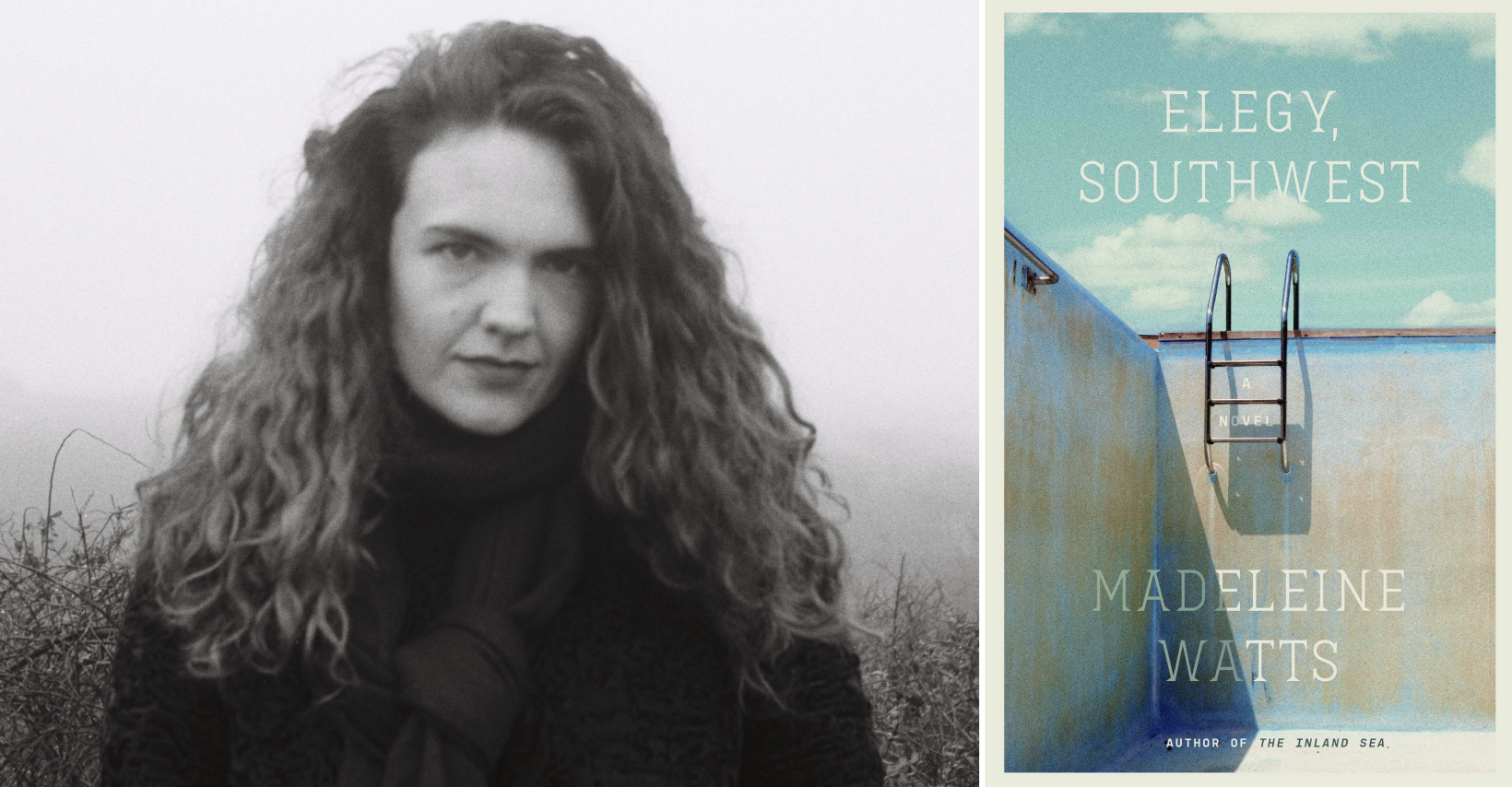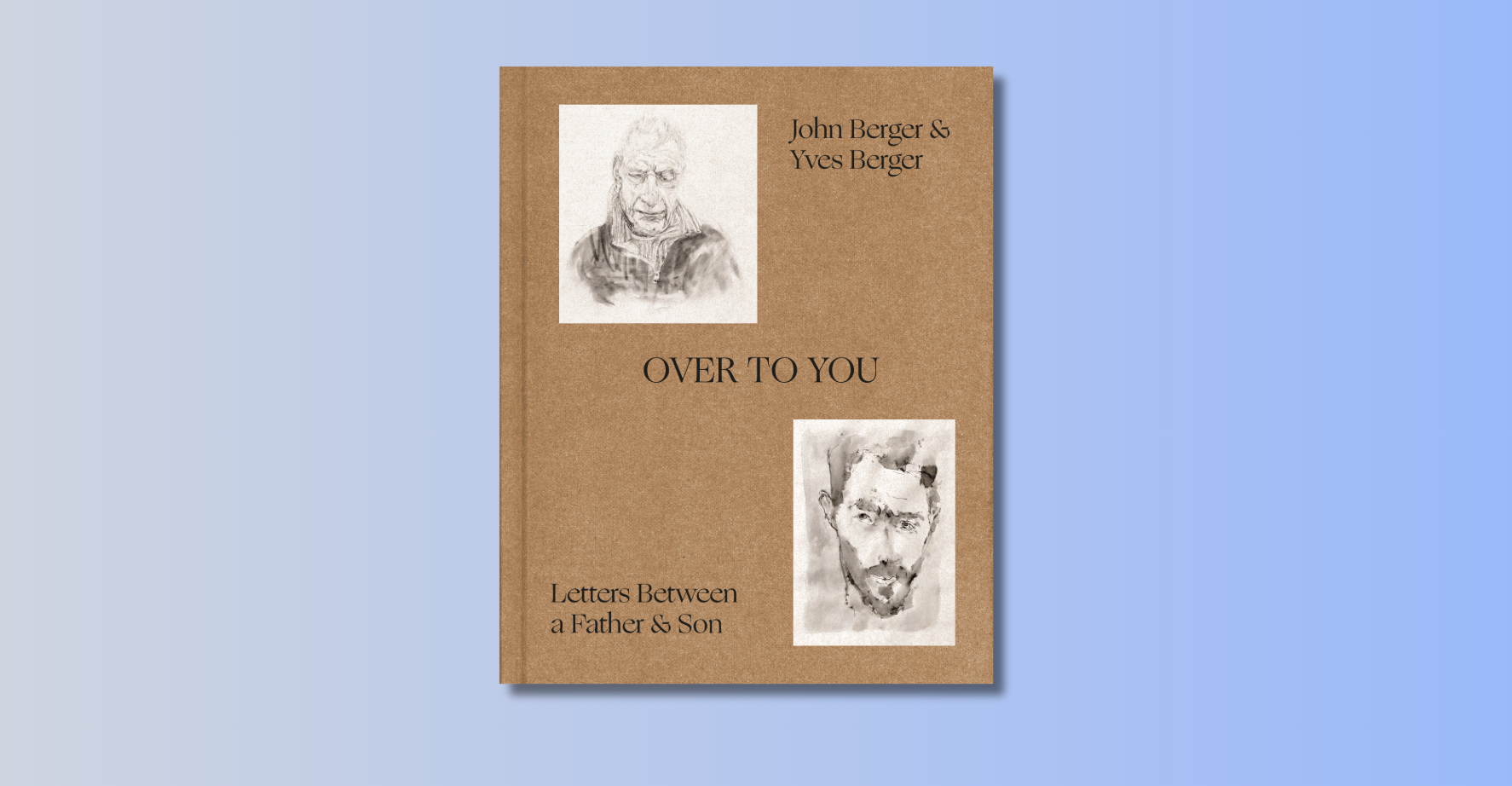
Not only has VIDA released its 2014 numbers, including its first count of women writers of color, but the organization has also published a handout: “Things You Can Do Right Now To Advance Women’s Writing.” The value of the VIDA count (which this year showed more improvement but also persistently low representation of women writers at some publications) has been questioned since it was first produced in 2009. All along the VIDA organizers have insisted that the numbers are intended to spark a wider discussion about why women’s perspectives are undervalued and how change can be effected. Their new list of recommendations is a tangible effort to encourage that change.
The list comprises many sensible actions, encouraging women writers to submit their work “everywhere” and readers to “buy more books by women.” At least one of the recommendations has been challenged by Phoebe Maltz Bovey at The New Republic, specifically the call to writers to “have your female characters say and do important things.” Echoing Katie Roiphe, Bovey argues that telling women they should write about “important” subjects perpetuates the problem that “the small-stakes narratives coming from female authors aren’t treated as serious literature.” Meanwhile white men are given the latitude to write about anything and are treated more seriously, whatever they write about.
Bovey is right, although I doubt the VIDA people were trying to be prescriptive about what writers write. However, her argument raises larger issues about what kind of literature we value and touches on one of the other recommendations in the handout, specifically that teachers “teach books written by diverse authors and featuring diverse characters.” As a professor of American literature who has contributed to the recovery of women writers and argued for their inclusion in the canon, I could not agree more. But it’s not that simple, for the message sent to women that what they are writing isn’t important or serious enough is not a new one. It is as old as literature itself. And its persistence has everything to do with how women’s literature is treated in college and university classrooms and, in turn, how it is treated in the literary world.
According to the VIDA website, the organization began with an email from Cate Marvin that asked, in part, “Has anyone else noticed all these incredibly accomplished women writers whose work seems to go consistently unnoticed and unrewarded by the American literary establishment?” The roots of the problem are deep, as many have indicated. Some have pointed to the largely male cadre of editors running the major magazines and thus assigning book reviews. Others to the classification of women’s literature as “chick lit,” or to its relegation to what Meg Wolitzer called, almost exactly three years ago, “The Second Shelf.”
The real issue, of course, is not the numbers, although they are important. The underlying issue is how we decide what writing has value. For so long as the lives and experiences of women and people of color are undervalued, so will their writing be.
One respondent to Wolitzer’s article called for the end to the gendering of children’s literature, for not only do boys stay away from girl’s stories, but so do “girls come to accept that boys are uninterested in stories by or about women.” The issue is complicated, of course, by many women’s desire to promote stories about girls, the “strong heroine” complex that Bovey decries. But surprisingly little discussion has taken place about how the intense gendering of children’s literature embeds gendered literary preferences in our psyches.
Another respondent to Wolitzer’s article, the literary scholar Marjorie Pryse, pointed to the persistence of all-male or nearly all-male reading lists in colleges and universities. She seems to admit that her efforts (and others’) to revise the canon to include more women and people of color have not yielded substantial results. I would agree. I hear regularly from my students that the vast majority of their literature courses include almost no women’s writing, let alone that of writers of color. One told me just last week that her Victorian literature class had only one woman on the reading list, out of 15 weeks’ worth of reading.
I suspect that my students’ experiences are not unique. Lilit Marcus wrote in a piece for Flavorwire, “[a]s an undergraduate English Lit major, I had several classes where every single author we read was male.” There is no VIDA count for academia, but D.G. Myers, a former English professor at Texas A&M and Ohio State, counted the top 25 writers most frequently cited over the past 25 years in the MLA Bibliography, the primary database of literary scholarship. There were only 5 women on the list, a fair approximation of the percentage of women writers being published and reviewed in some of the most retrograde literary magazines. What is taught and researched by academics impacts what the publishing world values as well. As one indication, Modern Library publishing company’s list of the top 100 novels of the 20th century included only nine books by women.
The understandable result of all of this, in Marcus’s words, is that “there are still many readers in the U.S. who, consciously or subconsciously, believe that men have contributed most of what we know to be literature.” And until that changes, until we collectively (and not just inside of academia) believe that women writers have produced important literature in the past, then the devaluation of women’s writing in the present will persist.
 I don’t mean we should simply acknowledge that a few women have produced so-called “great” literature. We are already doing that. What I mean is discovering value in the many, many texts women writers have written since the first novel, The Tale of Genji, was written (by a woman) in the 11th century. Now I hear you saying, well sure, there may have been a lot of writing by women in the past, but it isn’t worth reading now. It was magazine filler or sentimental schlock. There was certainly plenty of that, produced by men and women. But there were hundreds of women writers producing important, significant, even great literature. Ask the dozens of scholars recovering these works and I’m sure each of them could recommend a list of women writers who deserve to be read today and valued.
I don’t mean we should simply acknowledge that a few women have produced so-called “great” literature. We are already doing that. What I mean is discovering value in the many, many texts women writers have written since the first novel, The Tale of Genji, was written (by a woman) in the 11th century. Now I hear you saying, well sure, there may have been a lot of writing by women in the past, but it isn’t worth reading now. It was magazine filler or sentimental schlock. There was certainly plenty of that, produced by men and women. But there were hundreds of women writers producing important, significant, even great literature. Ask the dozens of scholars recovering these works and I’m sure each of them could recommend a list of women writers who deserve to be read today and valued.
My own list of largely unknown women writers whom I think deserve wider recognition includes:
Constance Fenimore Woolson (1840-1894), whose stories and novels, many of them published in Harper’s and The Atlantic Monthly, show why she was often compared to George Eliot and Henry James. Her story “Miss Grief,” about a woman writer’s frustrated attempts to gain entrance to the male-dominated literary world, should be required reading for every person interested in the VIDA count and the status of women writers today.
Rebecca Harding Davis (1831-1910), whose story “Life in the Iron Mills” is as powerful as anything Nathaniel Hawthorne wrote and is widely considered the first important Realist text in American literature.
 Harriet Jacobs (1813-1897), whose slave narrative Incidents in the Life of a Slave Girl is as significant as Frederick Douglass’s more well-known narrative.
Harriet Jacobs (1813-1897), whose slave narrative Incidents in the Life of a Slave Girl is as significant as Frederick Douglass’s more well-known narrative.
Elizabeth Stoddard (1823-1902), who has been called “next to Melville and Hawthorne, the most strikingly original voice in the mid-nineteenth-century American novel,” particularly for her complex and challenging novel The Morgesons.
Sui Sin Far (1865-1914), whose stories of Chinese immigrants, such as “Spring Fragrance,” are delightful as well as provocative.
 The Sioux writer Zitkala-Ša (1876-1938), whose fascinating stories and essays, including the autobiographical “Impressions of an Indian Childhood,” show how the late-19th-century literary world provided opportunities for a diverse range of voices, not only on the margins but also in the well-respected Atlantic Monthly.
The Sioux writer Zitkala-Ša (1876-1938), whose fascinating stories and essays, including the autobiographical “Impressions of an Indian Childhood,” show how the late-19th-century literary world provided opportunities for a diverse range of voices, not only on the margins but also in the well-respected Atlantic Monthly.
Mary Wilkins Freeman (1852-1930), whose stories, such as “The Revolt of Mother,” are finely wrought tales of thwarted lives asserting their own kind of freedom.
When my students encounter these works in my classes, they don’t question why we are reading them. Instead, they wonder why they have never heard of them before. They also learn to read differently and with different expectations.
 As many have noted before me, if we look for the woman writer who wrote the equivalent of Moby Dick, we will be disappointed. We can’t expect women to have written about whaling adventures, or assume that because they didn’t, they haven’t contributed anything important to literature. To raise the value of women’s contributions doesn’t necessarily mean devaluing male canonical texts. It means simply appreciating the perspective of the other half of the population and not hiding behind the idea that only the “great” works of literature deserve to be taught, or that editors only seek to publish the “best” writing (as many of the publications exposed by the VIDA count have insisted they do).
As many have noted before me, if we look for the woman writer who wrote the equivalent of Moby Dick, we will be disappointed. We can’t expect women to have written about whaling adventures, or assume that because they didn’t, they haven’t contributed anything important to literature. To raise the value of women’s contributions doesn’t necessarily mean devaluing male canonical texts. It means simply appreciating the perspective of the other half of the population and not hiding behind the idea that only the “great” works of literature deserve to be taught, or that editors only seek to publish the “best” writing (as many of the publications exposed by the VIDA count have insisted they do).
There is much, much more to be said about how the low estimation of women’s writing of the past contributes to the devaluing of women’s writing today. But I think it’s time to begin to recognize that what happens in college classrooms today has an impact on the students, male and female, who will help to create the literary world of the future. Academia tends to assume that it has little influence on the outside world (particularly in the humanities), but there is nothing unimportant about the portrait of the literary past it presents in its classrooms.
Image Credit: Flickr/James Jordan.








